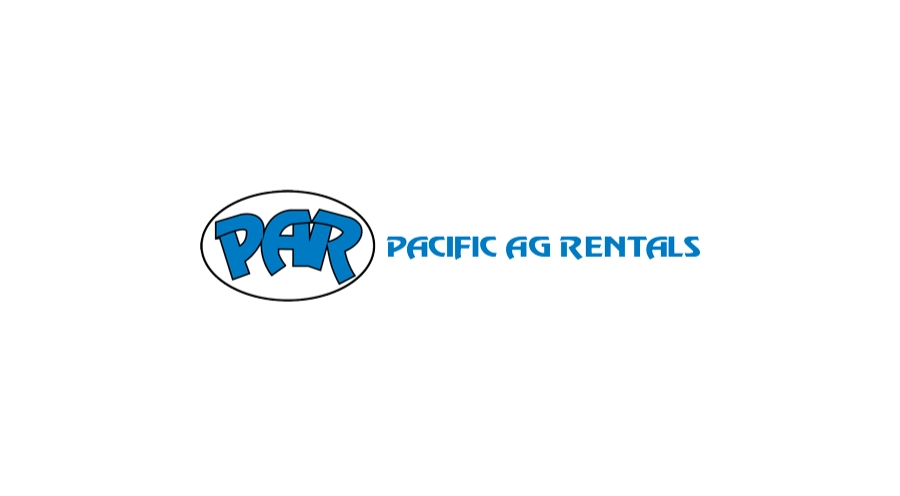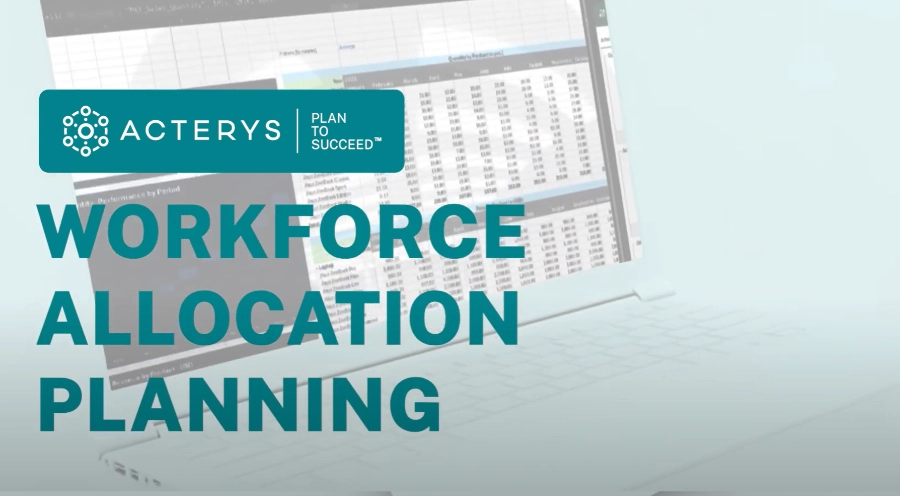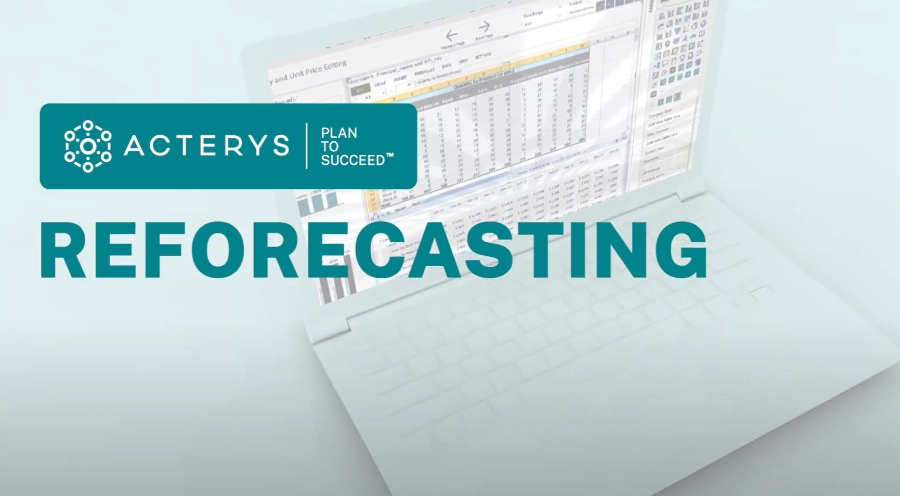In this video we are explaining how to realize rolling forecasts in Power BI and Excel.
Discover the seamless integration of Power BI and Excel in realizing a rolling forecast for your business. Our comprehensive video tutorial guides you step by step through the process, demonstrating how to set up, manage, and refine your forecasts efficiently. Uncover the techniques to dynamically update your data, ensuring accurate predictions that evolve with your business. With practical examples and clear explanations, this page is your gateway to mastering rolling forecasts, empowering you to make data-driven decisions with confidence. Explore now and elevate your forecasting prowess to the next level.






